Diffuse large B-cell lymphoma stage 4 represents the most advanced form of one of the most common types of non-Hodgkin lymphoma (NHL), diffuse large B-cell lymphoma (DLBCL). This stage indicates that the cancer has spread beyond the lymph nodes to other parts of the body, such as the bone marrow, liver, or lungs.
Diffuse large B-cell lymphoma stage 4, the focus is not only on the physical aspects of the disease, but also on the psychological and social impact on the patient and family. Supportive care, including pain management, nutritional support and counseling, plays a crucial role in improving quality of life. The prognosis for stage 4 DLBCL varies significantly among individuals, influenced by factors such as the patient’s overall health, age, and how well the cancer responds to treatment. Advances in medical research continue to improve the outlook for patients with this diagnosis, offering hope through new and innovative therapies.
Diffuse large B-cell lymphoma (DLBCL) is the most common type of non-Hodgkin’s lymphoma, resulting in more than 18,000 cases in the United States every year, or more than 20 percent of all B-cell non-Hodgkin’s lymphomas. Lymphoma is cancer of the lymphatic system, which helps rid the body of toxins and waste. Lymphoma is divided into Hodgkin’s lymphoma and non-Hodgkin’s lymphoma, where the only difference is the presence of Reed-Sternberg cells that can be seen under a microscope. In non-Hodgkin’s lymphoma, the cells are not present. Non-Hodgkin’s lymphomas are categorized as B-cell or T-cell depending on whether the cancer started in B lymphocytes or T lymphocytes, which are the two types of white blood cells in the lymphatic system.
The further throughout the body the cancer spreads, the later the stage of lymphoma. Diffuse large B-cell lymphoma stage 4 is the most advanced stage of DLBCL, where treatment options are often limited, and the survival rate is lower. The stages of DLBCL can be defined as:
Stage 1: The cancer has not spread outside the original lymph node area, lymph structure or lymphoid organ.
Stage 2: Two or more lymph node groups are affected on the same side of the diaphragm, which separates the chest and the abdomen.
Stage 3: Two or more lymph node groups are affected on different sides of the diaphragm.
Stage 4: The cancer has spread to surrounding organs or tissues such as the lungs, liver, or bone marrow.
Stage 4 Diffuse Large B-Cell Lymphoma Symptoms

The first sign of DLBCL in most patients is a lump located on the neck, groin, or near the armpit. If the lymphoma develops deep enough under the skin, you may not be able to feel the lump. Extranodal disease affects 20% of DLBCL patients and occurs when the cancer develops outside the lymph nodes in areas such as the breast tissue, GI tract, skin, brain, or bones. These painless lumps are swollen lymph nodes that steadily grow for several weeks. Other symptoms experienced depend on where the cancer is in the body. When in the stomach, abdominal pain, blood in the stool, or diarrhea are common. If in the chest, patients often have a cough that won’t go away and shortness of breath. If you experience any of the common symptoms associated with DLBCL, it is important to go talk to your doctor to confirm a diagnosis and begin treatment as necessary.
Diffuse large b-cell lymphoma stage 4a refers to patients with DLBCL that do not experience any symptoms related to the disease. DLBCL with a “b” in the stage indicates that the patient is experiencing one or more of the B symptoms, which are common and include:
- Persistent fatigue,
- Fever,
- Bloating from an enlarged spleen or liver,
- Night sweats,
- Itchy skin,
- Unexplained lack of appetite leading to weight loss.
In the journey of understanding and combating diffuse large B-cell lymphoma, it’s essential to recognize the nuances and severity of this condition, especially when it advances to stage 4, marking a critical threshold in patient care and treatment strategies. Large B-cell lymphoma, a prominent subtype of non-Hodgkin lymphoma, manifests through various symptoms that, when left unchecked, can escalate to a dire prognosis, highlighting the importance of early detection and intervention.
Survival Rate Stage 4 Diffuse Large B-Cell Lymphoma
Stage 4 diffuse large b-cell lymphoma survival rate mostly depends on two factors, where the cancer is located and whether it has spread throughout the body. The Surveillance, Epidemiology, and End Results (SEER) database, which was National Cancer Institute (NCI), combines these factors to track the survival rates of lymphomas and other cancer types. Instead of stage 1,2, 3, or 4, the lymphoma survival rates are classified by localized, regional, or distant to more accurately define the rate of survival.
Localized cancer is only in one organ outside the lymph system, one lymph node area, or lymphoid organ. Regional lymphoma has spread from one lymph node area to an organ, in at least two lymphoid areas, or is defined as a bulky disease (large lumps) by your doctor. Distant lymphoma has spread to different organs or parts of the body, usually the liver, lungs, or bone marrow.
Diffuse large b cell lymphoma stage 4 survival rate for 5 years by stage according to SEER:
- Localized: 73%
- Regional: 73%
- Distant: 57%
- All SEER stages combined: 64%
Diffuse Large B-Cell Lymphoma Stage 4 Prognosis
Diffuse Large b-cell lymphoma stage 4 prognosis depends on several factors such as age, stage of disease, overall health, and extent of the spread of cancer throughout the body. The more negative factors that are present, the lower the survival rate will be. Because symptoms are not always felt until in advanced stages, early detection of DLBCL is not common. Also, DLBCL is an aggressive subtype of non-Hodgkin’s lymphoma that grows and spreads faster than indolent lymphomas which grow slowly over several years. However, nearly 70% of all patients with this subtype will have successful treatment. The earlier the cancer is detected and treated, the more likely it is that the disease will be curable.
Blood cancers like Diffuse Large B-cell lymphoma and Stage 4 Hodgkin’s lymphoma represent some of the most challenging conditions in oncology, with the lymphoma cancer survival rate being a critical metric that reflects the effectiveness of current treatments. The prognosis for these diseases significantly improves when the cancer responds to treatment early in the diagnostic process. For DLBCL, an aggressive form of non-Hodgkin lymphoma, the ability to achieve a positive response to therapy can dramatically alter the survival rates, even in advanced stages.
While Stage 4 Hodgkin’s lymphoma has a distinct clinical presentation and treatment pathway, advances in medical research have led to increasingly effective treatment regimens for both conditions. The key to improving outcomes lies in early detection, personalized treatment plans, and ongoing research to understand the complex biology of these cancers.
Clinical Trials for Large B-Cell Lymphoma

Diffuse large B-cell lymphoma clinical trials offer new studies for patients before they are widely available while the drugs go through the FDA approval process. There are over 800 clinical trials active in the United States for lymphoma. Participating in a clinical trial not only progresses much needed research but gives patients access to these innovative therapies years before the general population.
Current lymphoma clinical trials are researching new:
- Targeted therapies for new biomarkers,
- Combinations of chemotherapies with other drugs,
- Immunotherapy drugs, such as CAR T-cell therapy,
- Idiotypic vaccination.
The advancement in treatments through clinical trials has the potential to significantly improve the lymphoma cancer survival rate, offering hope to patients facing grim prognoses. As researchers tackle the symptoms of dying of lymphoma by targeting the cancer cells directly, new therapies are emerging that could change the course of treatment for both Hodgkin lymphoma and non-Hodgkin lymphoma (NHL). Innovations in radiation therapy, alongside breakthroughs in understanding and treating blood cancers, are at the forefront of extending life expectancy and enhancing quality of life for patients. With each clinical trial, the medical community moves closer to turning lymphoma from a terminal diagnosis into a manageable condition, illustrating the critical role that research and development play in the fight against cancer.
Massive Bio’s Artificial Intelligence (AI) powered Clinical Trial Matching System connects patients and their treating oncologists to clinical trials according to their unique cancer case.



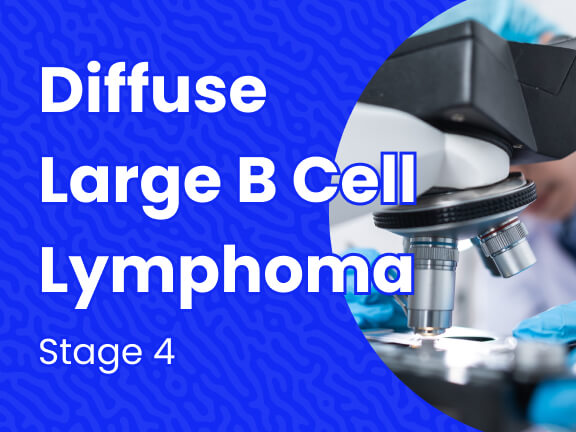
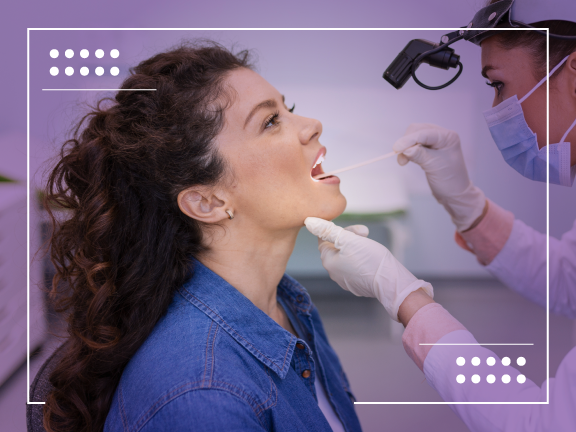
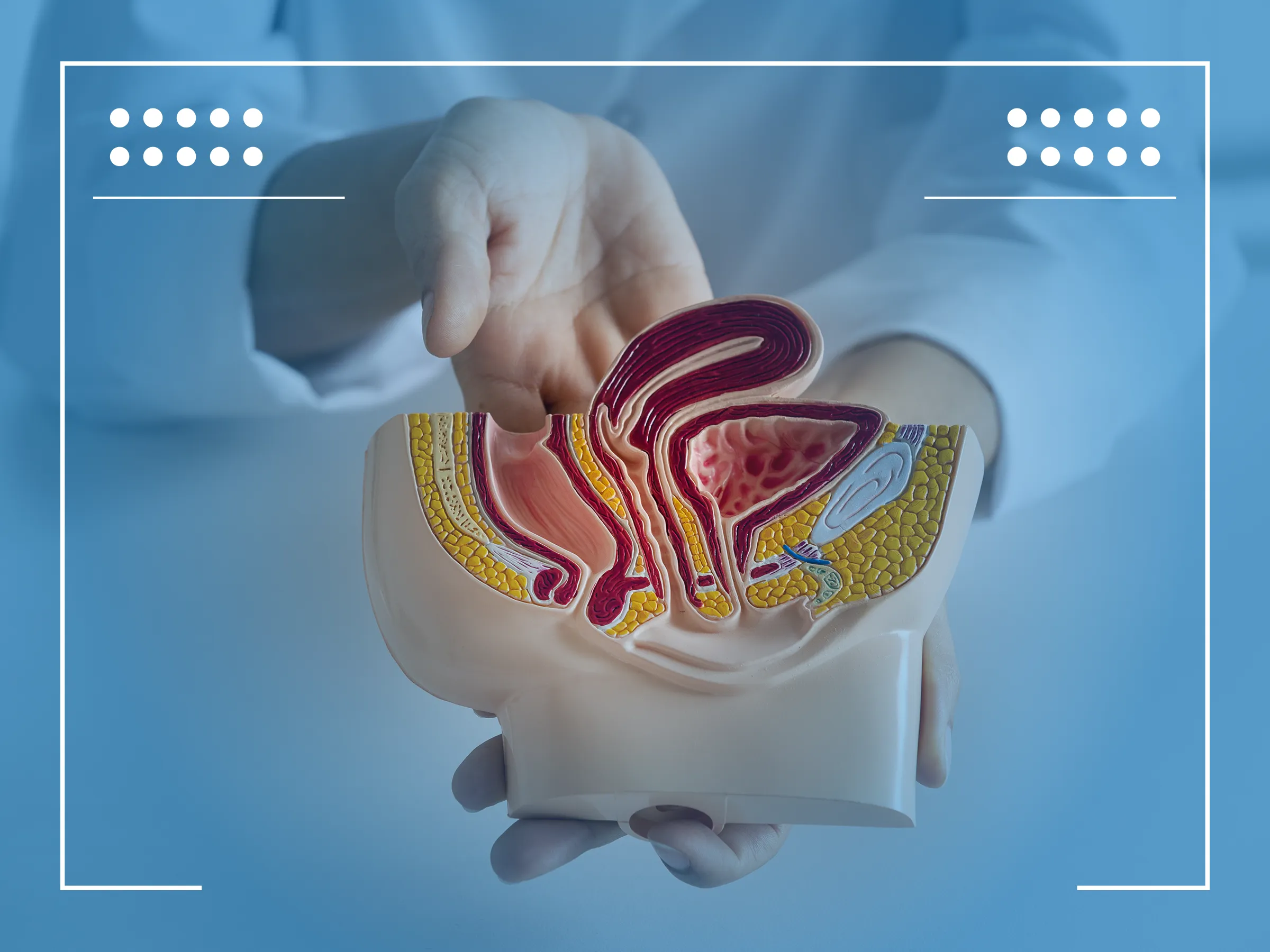



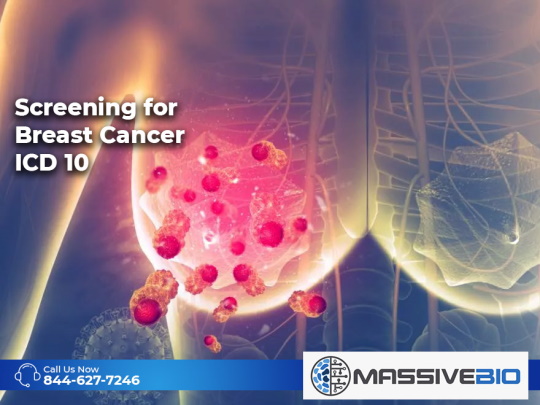
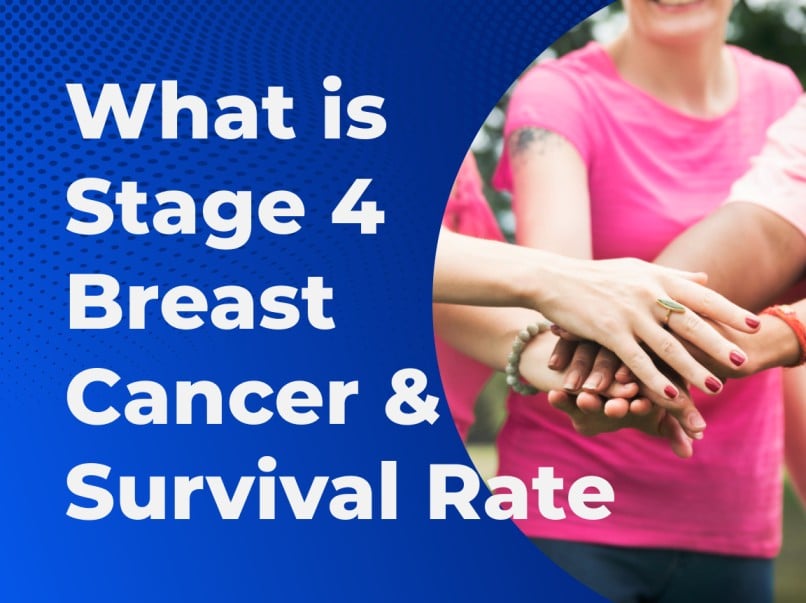


6 Comments
My husband has large B Lymphoma. He is 83 years old a year ago he fell on his right knee . The knee swelled and was very painful he had years ago knee replacement in the same R knee . His leg swelled extremely and had 2 bumps size of a nickel the colour of the skin was red and hot . After 2-3 months the Dr deceived to do knee replacement on the same R knee and found that the bone quality was very poor.a biopsy was sent and after 3-4 months we were told that he has Lymphoma. Right now his R leg is almost double of its normal size , has a large looks like hematoma and is very painful. He has difficulty walking .
Can anything be done for him his oncologist is ran numerous CT he also had 6 chemotherapy. Now there’s a 10cmx 11” cm lump on the back of his knee , we enquired about radiation but a biopsy is planed for next month , before any treatment and he is suffering.
Please help , Ida
Hi Ida. We are so sorry to hear about your husband’s situation. Due to the severity of his circumstances, we recommend calling your doctor’s office and asking for guidance. Doctor’s offices can typically schedule an appointment within the same day for urgent situations. And if they cannot, they will give you guidance on your next steps.
My mother has been getting treatment for DLBCL since january, the maximum intensity chemo being used internationally. It was non-Hodgkins last year but those cells mutated midtreatment. She is 43 yo and in relative good health during the new years time’22 (no hairfall, still walking distances, going through all routine activities without support). We were hopeful she’d make a full recovery from DLBCL, but has been steadily declining in health. The stages of dieing, as bulleted on google, had already started when we moved to the icu. Next day, last Saturday, she got intubated, onto the ventilator. I know what fighting for every breath looks like now.
Two days ago monday, she woke up off paralysis and sedation. Yesterday she was only 40% on lifesupport, moving her arms, legs, twitching her feet, moving her head left right, cracking her eyes open just a tiny bit. Crying. Too much crying, bloodshot eyes. I thought it was because she was emotional listening to me talk to her unable to respond, no mother would want her teenage daughter to experience this nor want a tube down her throat. But my aunt said she’s in real pain thats why. Even tho the nurses reassured me she is being administered painkillers, i find it difficult trusting them with mama’s care and doubt their honesty, they might have just said that since i was asking too many questions. Because now that i think about it she could have just woken up from a bad dream to hallucinations, coupled with everything else. This confusion doesnt help one bit with the anxiety. Its really painful to watch her body shake with sobs.
I just want to know. What do u think her crying is about? And, have any last stage DLBCL/ cancer patients recovered to full health, or close enough, after being on ventilator? Is intubation painful or uncomfortable or both? What can i do to help her open her eyes fully and come back to us? Is there no chance now?
We were supposed to have five years together atleast! Asking for a quick response.
Hello Laiba, So sorry to hear you are experiencing these feelings with your mother. Find your support system- rather that is family/ friends/ doctors or even a support group online or in person. You are not alone. Spend as much time with your mother and know that she hears everything you are saying. When it comes to your concerns with your mother’s pain and her emotions. Speaking to her healthcare provider about your concerns is encouraged. There are medications given to prevent the anxiety of being intubated. The nurses and doctors’ goal is to comfort your mother during every step of this journey.
Diffuse Large b-cell lymphoma relapses after recovering from the disease
Thanks for your message, we are sorry to hear about your diagnosis. We would be happy to help. You can learn more about available cancer treatment options and clinical trials here: https://hubs.ly/Q01yygDr0.
You can also contact one of our Patient Relations Coordinators via phone or email at 844-627-7246 & support@massivebio.com.